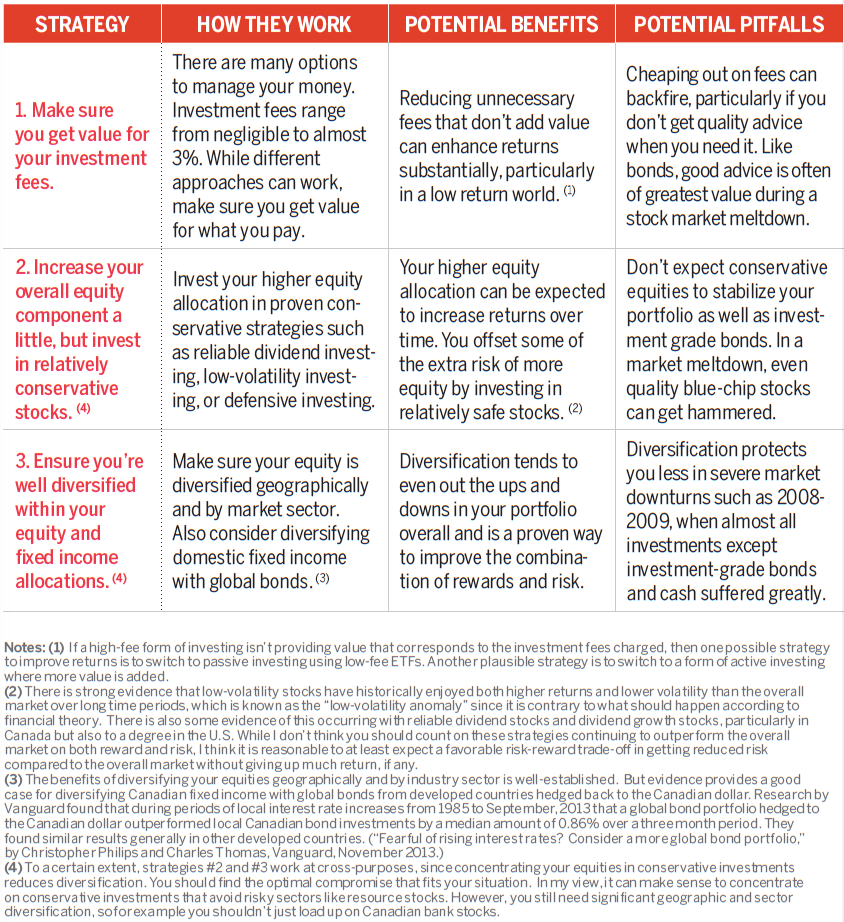Do you need more stocks?
How to figure out if this era of ultra-low interest rates means you should lighten up on bonds
Advertisement
How to figure out if this era of ultra-low interest rates means you should lighten up on bonds


Share this article Share on Facebook Share on Twitter Share on Linkedin Share on Reddit Share on Email